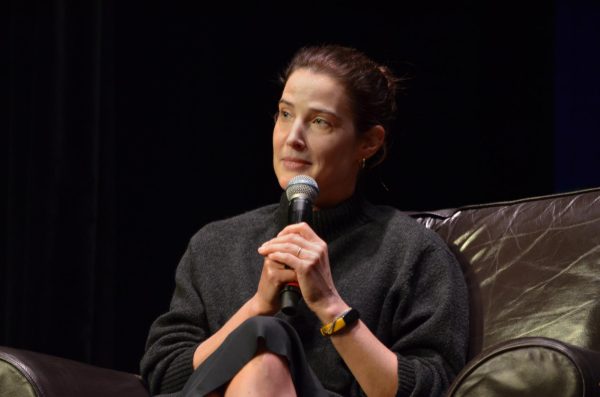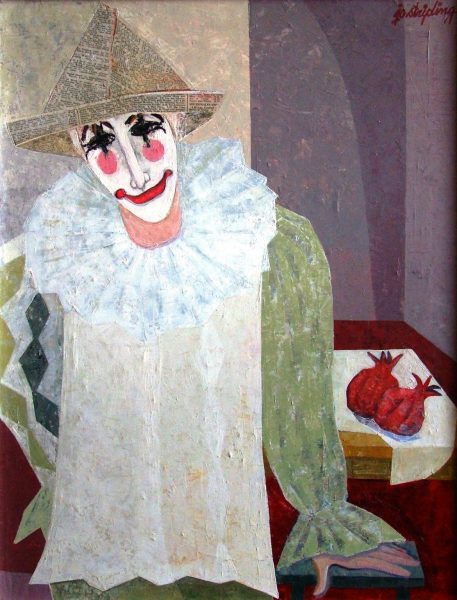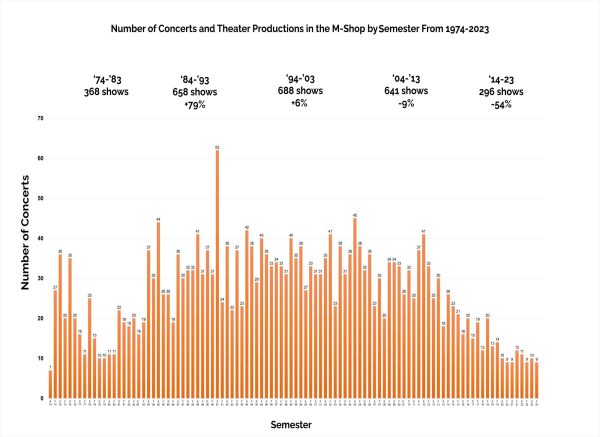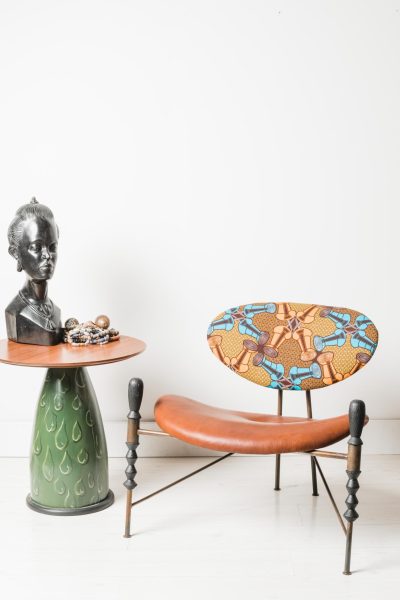To Finsta, or Not To Finsta
April 8, 2018
Instagram is arguably one of the largest, most popular social media used among college students today. From sharing throwback photos to posting that perfect spring break picture, Instagram has been there through it all.
As Instagram has gained a larger following, it seems a new trend has begun to emerge: creating a “Finsta.” The term “Finsta” originated from the phrase “fake Instagram” and is generally used to share personal photos that most wouldn’t feel comfortable sharing with the general public.
Although there is no real definition for a Finsta account, there is one thing most college students can agree on; no one is posting the same pictures on their Instagram that they do their Finsta account.
“It’s essentially an alternate Instagram account you only give certain people in your life access to,” said Mallory Schatz, a junior in biology. ”You run it independently of your real Instagram and post things you wouldn’t want on your mainstream public page.”
As creating a Finsta has become more common, the content on the platform has become much more… personal.
“I have heard of people posting nudes and half-nudes, and I support it,” said Sierra Cross, freshman in journalism and international studies. “I think posting nudes and posing for nudes and taking nude pictures is as much a form of art as normal photography or painting nude photos. Nudity does not equal pornography.”
Both Schatz and Cross agree that Finsta is more than posting nudes.
“It’s more casual because you’re not competing for likes or updating your feed with new pictures of life-changing events and experiences,” Schatz said. “On Finsta, you can post a picture of donut crumbs on your pillow with a long dramatic piece about a miserable professor and your followers will just… understand.”
Sela Hanson, sophomore in elementary education, said she doesn’t have a Finsta.
“If I want my friends to see a personal picture or hear thoughts in my mind I can just message them, I don’t need to post online,” Hanson said. “I wouldn’t like having intimate information about myself out there, even if I was controlling who had access to it.”
Trevor Danner, a senior in biology, doesn’t use the platform to post provocative pictures, but instead created a Finsta as a different way to express himself.
“I made one with my friend once because we had funny video ideas, but didn’t want my family to see us doing stupid things,” Danner said. “I think they’re dumb. But dumb is funny, so that’s not necessarily a bad thing in my opinion. I feel like if someone had a problem with it, they shouldn’t follow the account.”
With the new found freedom in creating a Finsta come concerns of how users are approaching using the account.
“People may know who are following their account, but they have no control over what those followers do with their photos,” said Hanson. “I think if people are looking to get serious jobs want to watch their internet reputation, they should be a little more wary of what they’re putting out there.”
Regardless of your personal intentions, it’s clear the platform is used in a different context than typical Instagram.
“I think of Finsta as a refreshing way to use Instagram; there’s less pressure to have pretty, modeled pictures, and more freedom to share in depth what’s going on in your life with the truest of friends,” Schatz said.
















